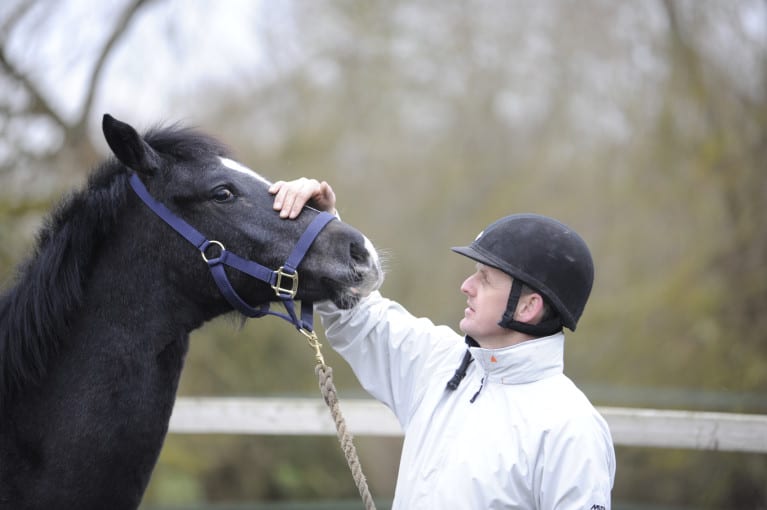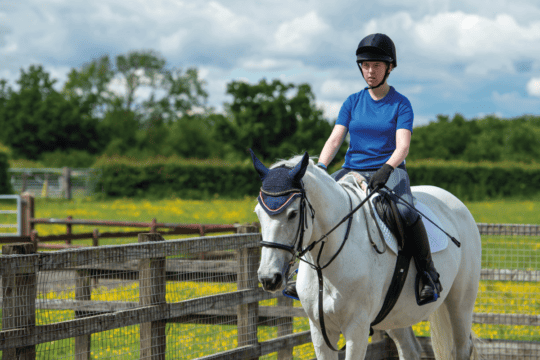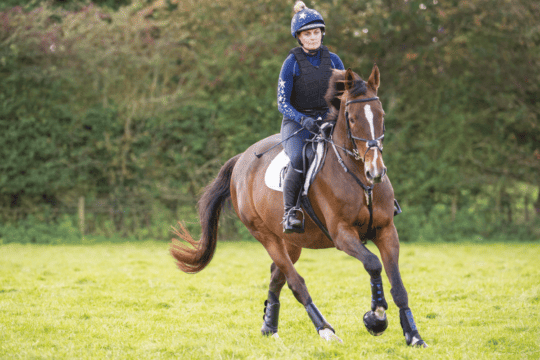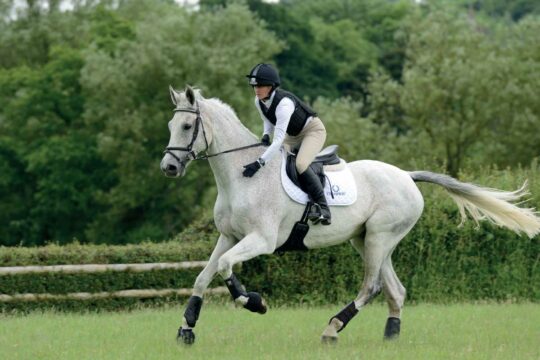Featured Professional

Michael Peace
The 'Problem Horse Trainer', Michael Peace specialises in a natural approach to training difficult horses.
Teaching a horse to lead correctly can be the most important lesson of his life, says Michael Peace

Leading a horse is where all of his training really begins. It’s here that we lay the ground rules and teach a horse the importance of attention and respect, and lay the foundations for what we hope will be a good relationship now and into the future.
In fact, leading is always one of the first things I teach a horse when he comes to me for training – I check that it is in place before I go on to do anything else.
Whatever you do around a horse, you need to know that he is listening and will be polite and respectful of your space, and thoughtful enough to move backwards, forwards, left and right when you ask him to, so that you can position him for whatever job is in hand. It’s basic manners!
If you think about it, we probably spend just as much time handling our horse (leading him to and from the field, grooming, rugging, holding him for the farrier or vet, etc) as we do riding him, so it’s a good thing to get some lessons absolutely right from the beginning.
Early learning
Young horses who haven’t had much handling are pretty much a blank canvas. This is the best opportunity to teach a horse the right things without having to deal with any of the baggage that older horses may have.
It’s here that a horse will either see you as someone he wants to listen to, someone to take advantage of or, if you get it very wrong, someone to fear.
If you’ve got a young horse who hasn’t been handled much he’ll be naturally sceptical of people around him, and so you must be very tactful about how you approach this new situation.
I always like to begin in a small area, preferably a stable, and my aim at this stage is only to teach the horse the very basics of having a lead rope clipped on to his headcollar.
From then, I would teach him how to take a lead from me, one step at a time, in small circles around the stable. The advantage of the stable is that it’s small enough to keep a horse’s attention focused on the lesson but big enough for him to move away if he becomes afraid.
Top tip
Effectively the stable contains a horse’s attention in a workable area and focuses him on the job.
 Leading first steps
Leading first steps
1. When entering the stable, adjust your approach so that the horse shows interest in you but doesn’t want to step back or flee around the stable.
Step gently (not creepily) and politely (not apologetically) into his space, and clip the rope on to the headcollar.
2. Once the rope is clipped on, a young horse may become slightly anxious and want to take a step away.
If this happens, don’t pull, simply feed him some of the slack of the rope and let him move away – but keep him facing you by subtly adjusting your relative position so as not to get the rope behind him.
3. Now wait for a second until he looks to you.
When he does look at you, you have the attention you need to draw him into that first step towards you.
4. Now walk away taking two or three little steps forward of him and see if you can draw that attention with you.
If he doesn’t follow, don’t pull but just slide your hand down the rope away from him to give him space in front to think about coming.
If you do this, most horses will be curious enough to take that first step into the space you’ve opened up in front of them, so be ready for it and if it comes, gently use the momentum to draw it into a second and then a third stride forward.
If a horse gets stuck and doesn’t take the first step, or takes one or two strides and then stops, do a bit more to encourage it.
Slide your hand down the rope as before, so that you are three or four feet away, and then turn to face the horse. Position yourself at a slight angle, take the slack out of the rope and with a smooth, even feel on the rope, ask the horse to come forward towards you.
Maintain this feel on the rope and, if necessary, adjust your angle until the horse steps forward to find the slack. As he does, use the momentum to draw the first stride into more, until he is walking with you again.
5. Repeat this exercise until you can walk your horse around the stable without incident.
Only then, progress to the outside world.















